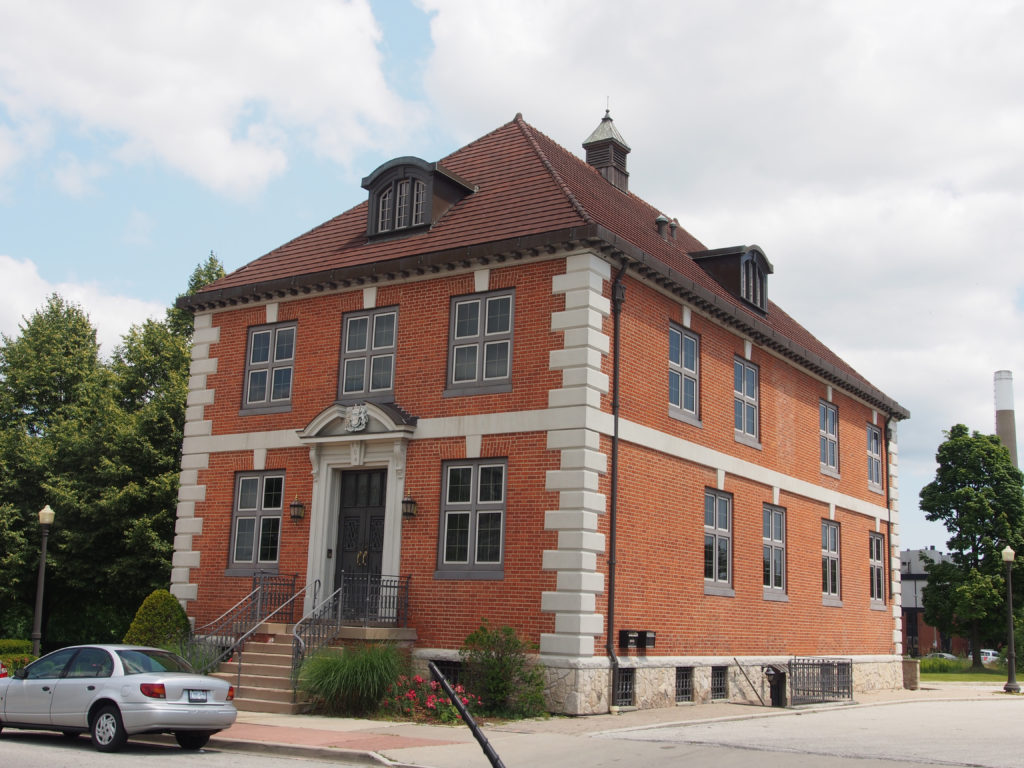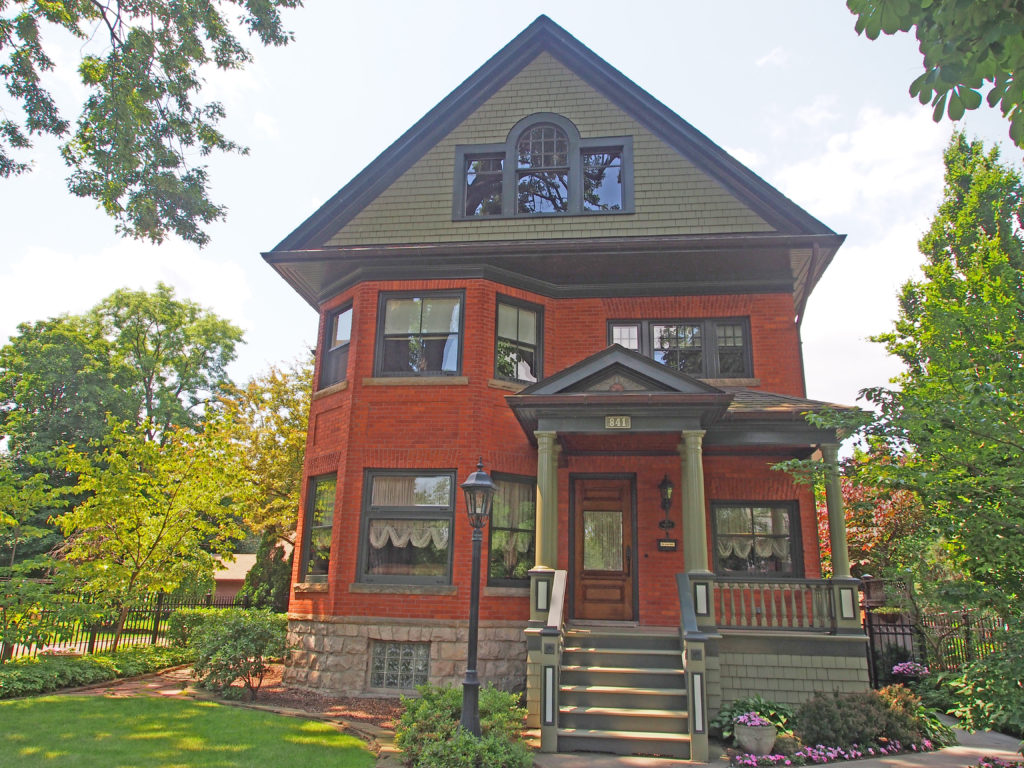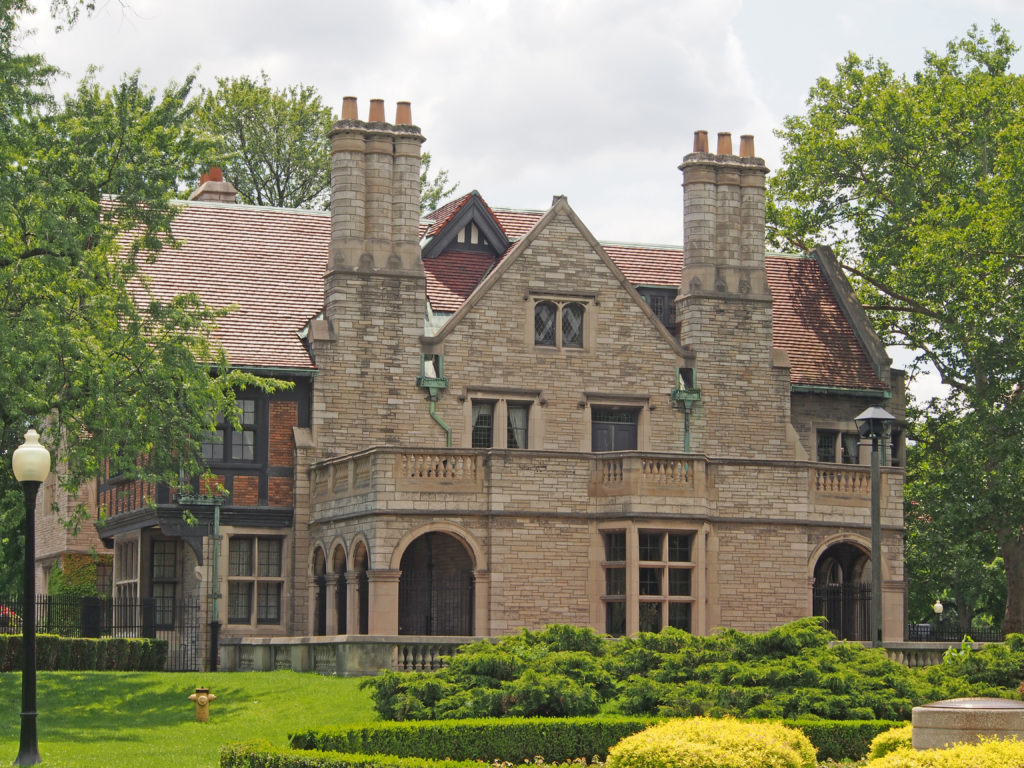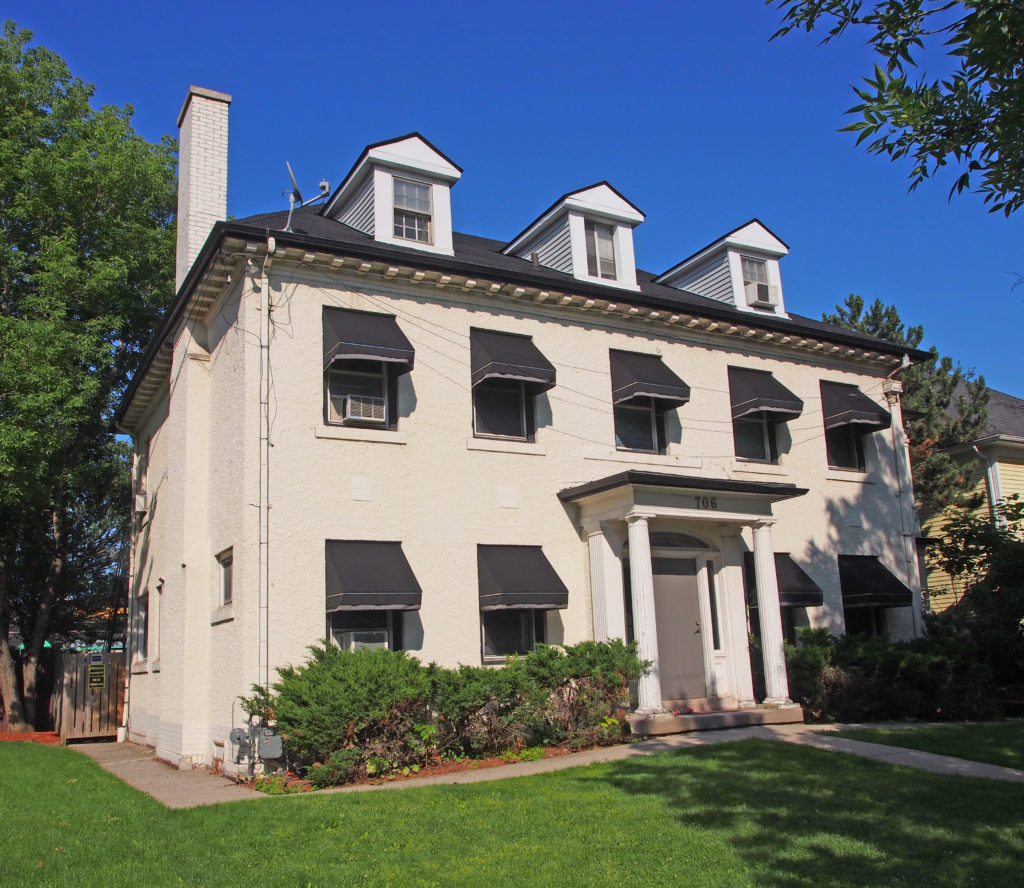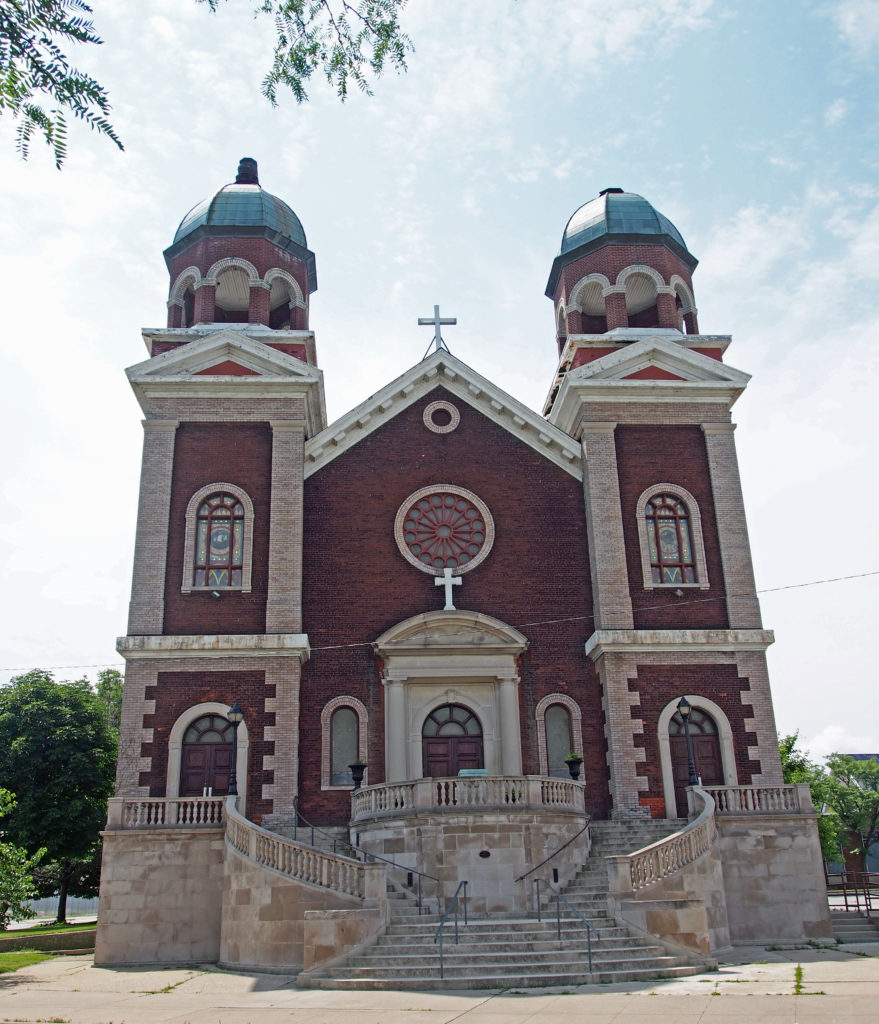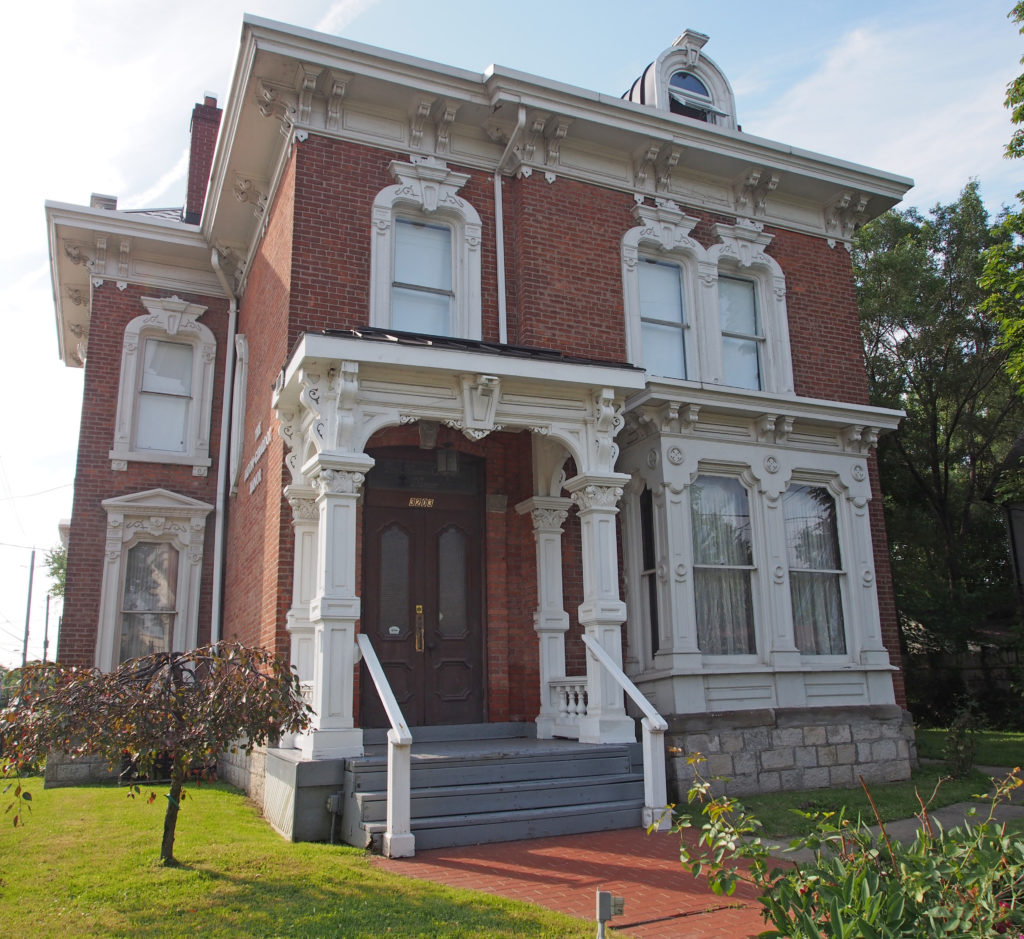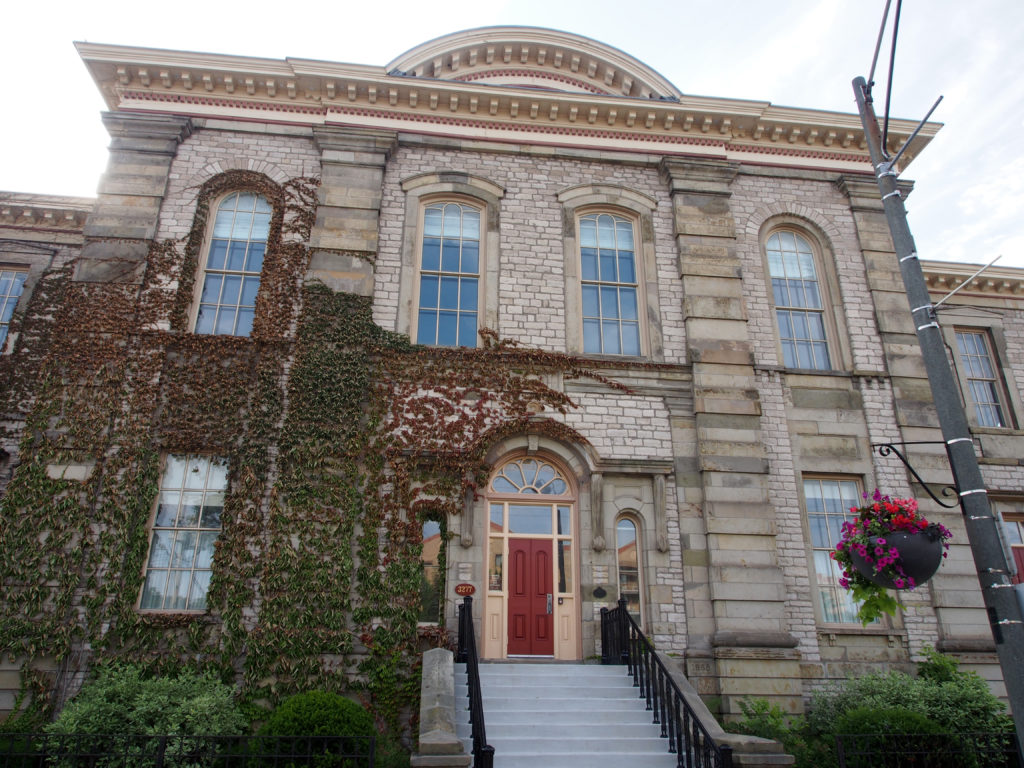Windsor, Ontario – My Top 13 Picks
Windsor is the southernmost city in Canada. The Detroit River is to the north of the city, which separates it from Detroit, Michigan. Windsor was settled by the French in 1749 as an agricultural settlement. In 1794, after the American Revolution, the settlement of “Sandwich” was founded. It was later renamed Windsor, after the town in Berkshire, England.
Sandwich, Ford City and Walkerville were separate towns until 1935 when they were annexed by Windsor. They remain as historic neighborhoods of Windsor. Walkerville was incorporated as a town in 1890.
The former Town of Walkerville was founded by Hiram Walker in 1858. The New England-born distiller bought two French farms on the south shore of the Detroit River, and the growth of his industry and the town it supported continued for seven decade under his family’s guidance.
Railroads played an important part in Walkerville’s history. First, the Great Western’s extension to Windsor in 1854 opened up opportunities for commercial expansion. Then Walker built his own line in 1885 with government financing, the Lake Erie Essex & Detroit River Railroad, which connected Walkerville with lake shore towns and farms, and extended as far as St. Thomas. The availability of rail transportation attracted other industrial enterprises to the area, and brought great prosperity to the Walker family and their town.
The Walkerville Land & Building Company was incorporated in 1890 with Hiram’s oldest son, Edward Chandler, as president. The Town passed a by-law in 1894 to provide temporary tax exemptions to attract new industries, and to encourage individuals wishing to build homes in Walkerville. Rental properties for the distillery’s employees were built. All of the community’s amenities were provided by Walker – a fire brigade and police, streetlights, sewers, paved roads and sidewalks, parks, a music hall, a school, library and church.
Walker Road’s east side was devoted to industrial manufacturing facilities. Its western edge had modest, brick, semidetached houses; Monmouth Road’s semis and terraces replaced rows of cottages, and employees were originally required to rent from the distillery. Argyle Road had a mix of terraces and vernacular houses for a higher rank of employee. Devonshire Road became the main street, with Romanesque Revival semis for management and the clergy. Later, distinctive houses of various architectural styles, popular in the protracted Edwardian Period (1900 to the 1930s), rose on the street, and spilled over onto Kildare Road. The concept was fully realized with the landscaped “island†developed as the site of St. Mary’s Anglican Church – the sons’ memorial to their parents, and the erection of Willistead Manor on the former Country Club and park lands.
The Arts and Crafts Movement, a philosophy of design founded in England about 1850, emphasized handmade architecture in an age when factory mass-production was taking hold. Every home Albert Kahn designed shows Arts and Crafts influence. Kahn believed that historic period styles were best suited to homes and public institutions, while factories should be utilitarian, brightly illuminated and devoid of ornament.
Hiram Walker was born in East Douglas, Massachusetts, and moved to Detroit in 1838. In 1847 at the age of 30, he married Mary Abigail Williams and they had 7 children, two daughters, Julia Elizabeth and Jennie Melissa, and five sons, Willis Ephraim, Edward Chandler, Franklin Hiram, Alfred (infant), and James Harrington. Edward Chandler, his second son, commissioned the development of Willistead Manor.
He was an American entrepreneur and he purchased 460 acres of land across the Detroit River in the town of Sandwich, near Windsor, Ontario, Canada. In 1858 the flour mill and distillery were completed. The flour produced in his mill benefited the County of Essex’s farming community with farmers from all around using the mill.
Mid-summer in 1858 marked the opening of Hiram Walker’s whisky operation. The same process which he had used in Detroit was now used in Windsor to distill his alcohol. Spirits were leached through charcoal, a process widely used at the time. Walker began selling his whisky as Hiram Walker’s Club Whisky and it became very popular. His Canadian industries quickly took precedent over that of his grain business still located in Detroit. As a result, Hiram Walker traveled by ferry to Canada from his home in Detroit on a daily basis. The trip was a lengthy process as the ferry that brought him to Canada dropped him off in Windsor, which left a long ride by horse and buggy to his flour mill and distillery. Throughout his life, Hiram Walker remained an American citizen but in March 1859 Hiram Walker moved to Canada in order to save time traveling to and from his Canadian businesses.
